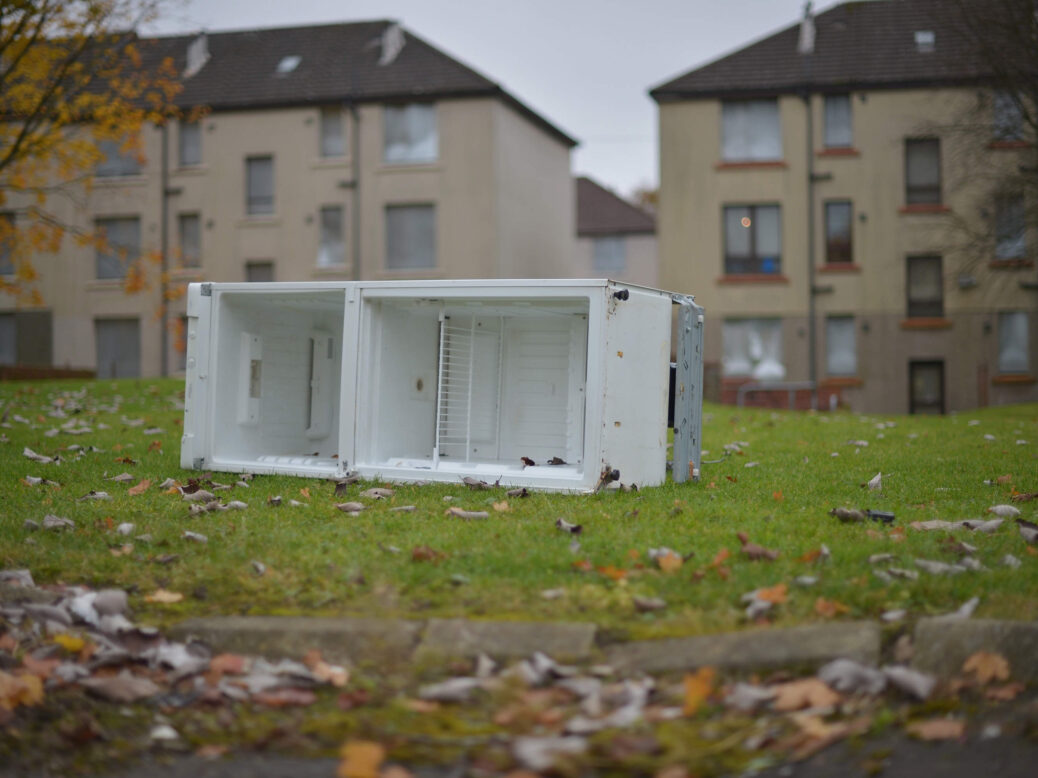
Today’s climatic end to the Scottish independence referendum was out of sight in the corridors of Westminster apparently. It was never meant to be so exciting. Speculation over the economic risks, daubed “Project Fear” by the Yes campaign, whilst popular amongst Better Together supporters, has failed to traction with those aware of how bad things already are. Since last week, the panicked responses of politicians and seasoned pundits have only fanned the flames of the Yes movement.
A spectacular mix of parody and mishap led to the tipping of the polls last week, which in turn gave momentum to the Yes campaign. “They can’t run a campaign, how can they run a country?” was the refrain of one No-turned-Yes voter I met. Then came the news that record numbers of new voters had registered, followed by more panic, and, apparently, fear of the correlation between rise in voter registration and the rise of Yes.



